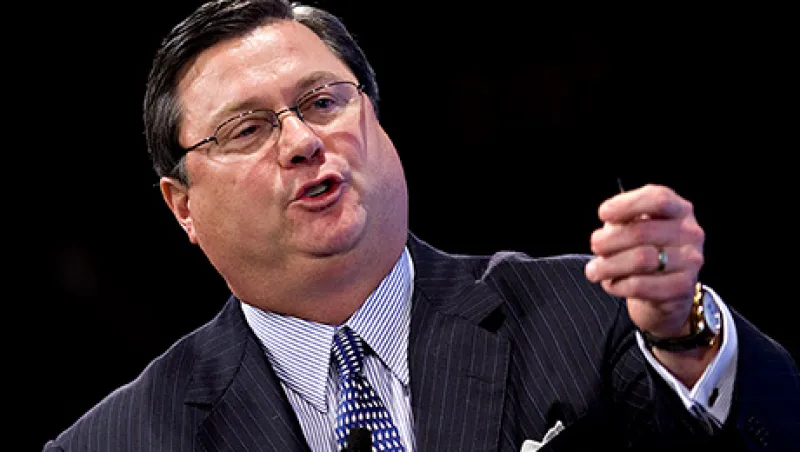President Trump’s proposed tax reform package includes potential changes to tax deferral benefits for 401(k) savers, which will curtail savings and curb economic growth, according to a panel of retirement experts.
Speaking at a panel discussion on retirement sponsored by asset manager Putnam Investments in Manhattan on Monday, James Pethokoukis, editor-in-chief of conservative think tank American Enterprise Institute’s public policy blog, said that focusing on increasing savings, rather than on monetary and fiscal policy, is more likely to boost growth at this point in the market cycle. He feels the proposed tax changes would have the opposite effect.
Paring back the tax benefits of retirement plans is one option Trump administration officials have floated to pay for tax cuts proposed in a broader tax reform package. Participants today can save money in defined contribution plans that isn’t taxed until it’s withdrawn, but that may change given the policy proposals in Washington.
“We have a pool of savings that can be funneled into good investment ideas,” Pethokoukis said. He added that the conversation since the financial crisis has focused on the lack of consumer spending and efforts to push economic growth through lower interest rates and government spending. “But as that crisis has abated, the conversation should switch back to economic fundamentals like encouraging investments,” he added. “That hasn’t been this debate in Washington.”
[II Deep Dive: Blackstone’s Tony James Wants Retirement Security for All]
Bob Reynolds, president and CEO of financial services firm Great-West Financial, the sister company of Putnam, says the $26 trillion that investors currently hold in U.S. retirement savings is already a huge source of capital for new business. Still, the National Institute on Retirement Security estimates the shortfall between what Americans need to retire and what they have actually saved is between $6.8 trillion and $14 trillion.
Reynolds — who is also the author of a new book “From Here to Security,” which details problems in the U.S. retirement savings system and proposals to fix them — says closing the shortfall could lift gross domestic product by trillions more. He emphasized that building even a small retirement savings account also pushes individual savers to put away even more money and take risks, such as starting new businesses.
Reynolds cited a 2014 study from Oxford Economics that concluded that if Americans boosted household savings by only 2.5 percent, GDP per capital would increase by $3,500 by 2040. In aggregate, GDP would increase $7 trillion in that time period, according to the study.







